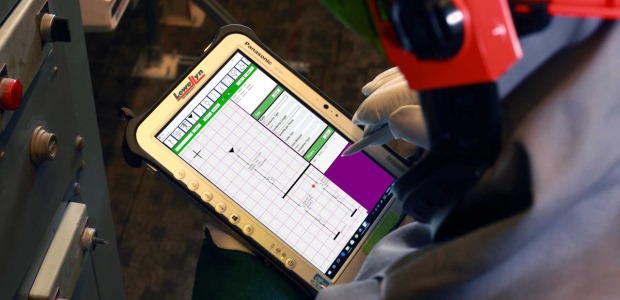
By Jay Smith
A comprehensive approach is critical for workplace safety, and its benefits will go beyond compliance: Operational excellence will follow.

By Jessica Davis
More than 14,000 safety professionals are expected to attend this year's NSC Congress & Expo, being held in Houston from Oct. 20 through 26.
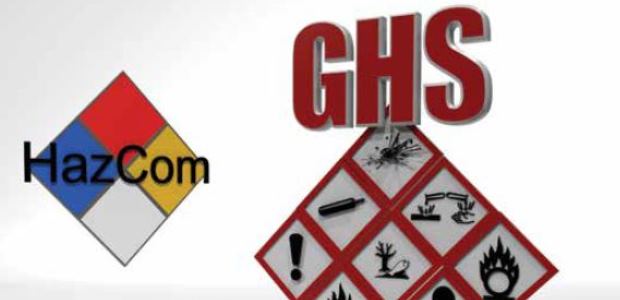
By Kraig Haberer
This type of training must occur early, often, and as close or specific to the actual location and usage scenario as possible.

By Clare Epstein
Pay attention to in-depth incident metrics, make adjustments to your safety practices accordingly, and you won’t have to worry as much about your TCIR rate.
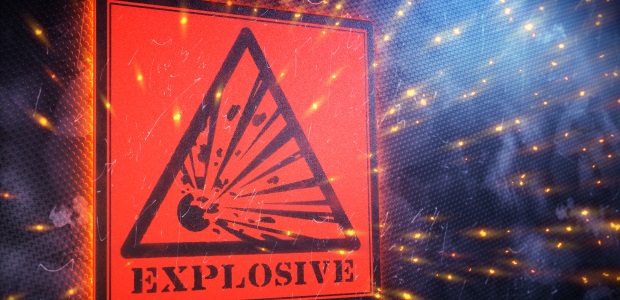
By Steve Ochs
Awareness training, good housekeeping, reference to safety data sheets, and adopting best practice should, in combination, minimize the potential for an explosion.
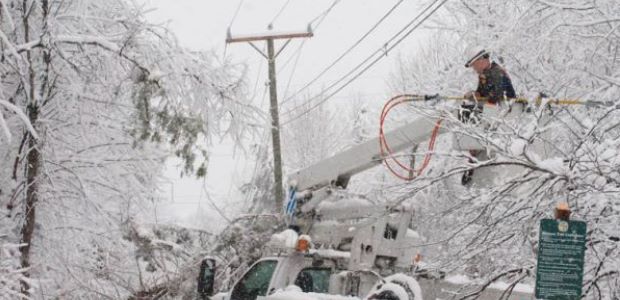
By Karen D. Hamel
Introducing cold weather work tips and other outdoor cold weather safety concepts in trainings during the early fall can help workers get into the mindset.
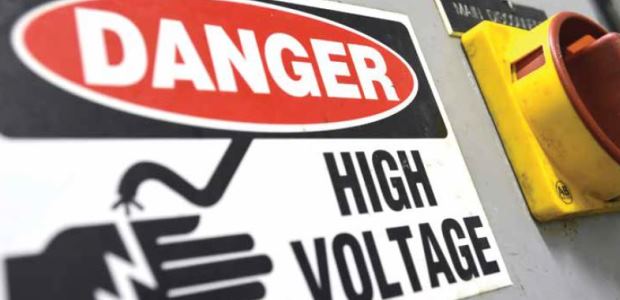
By Michelle Murphy, Bryan Rupert
Having labels with warnings on them is just one piece of the pie when it comes to a robust electrical safety program.

By Samantha Hoch
Compliance is an all-day, every-day requirement.
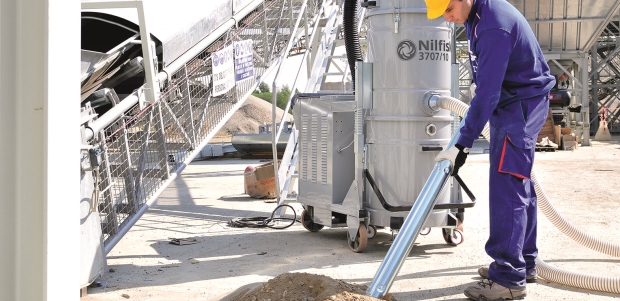
By Stephen Watkins
On June 23, most provisions of OSHA's silica standard for general industry became enforceable. Many employers still have a long way to go to achieve full compliance.

By Bradley Dillon
ANSI Z359.18-2017 increases testing rigor—and it introduces field application testing, anchorage connector types, and labeling requirements.
By Robert Pater
When leaders start by taking personal control of their approach to discipline and responsibility, they're more able to kickstart and sustain superior results.
By Jerry Laws
"On amphibious passenger vehicles that cannot remain afloat when flooded, canopies can represent an unacceptable risk to passenger safety," NTSB's 2002 report said.